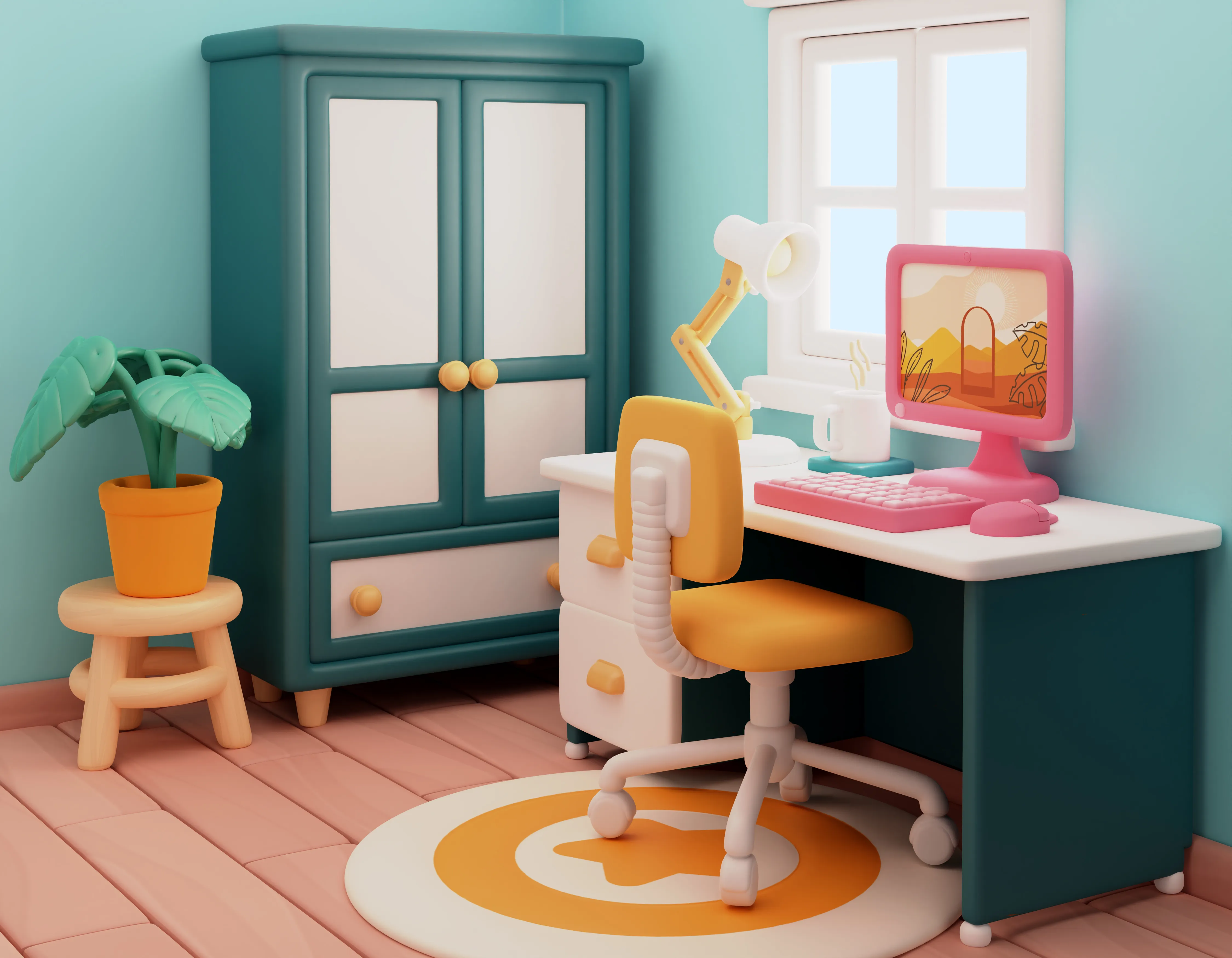How Do I Create 3D Product Videos?

Creating 3D product videos can be an incredibly effective way to showcase your products in a visually appealing and engaging manner. These videos help potential customers understand the product better, visualize its features, and see it in action.
Understanding 3D Product Animation
3D product animation involves creating a digital representation of a product in three dimensions. This allows for a detailed and realistic depiction that can be rotated, manipulated, and viewed from different angles. Such animations are particularly useful in advertising, e-commerce, and instructional content.
Benefits of 3D Product Videos
- Enhanced Visualization: Customers can see the product in detail from various angles.
- Improved Engagement: Interactive and dynamic visuals capture more attention.
- Clear Communication: Complex features and functionalities can be demonstrated effectively.
- Increased Conversion Rates: High-quality visuals often lead to better customer understanding and higher sales.
Steps to Create 3D Product Videos
1. Conceptualize and Plan
Define the purpose of the video, the target audience, and the key features you want to highlight. Sketching a storyboard can be immensely helpful in visualizing the final product.
2. Choose the Right Software
- Blender: A free, open-source 3D creation suite.
- Autodesk Maya: Professional 3D software for creating animations, models, simulations, and more.
- Cinema 4D: Known for its ease of use and powerful rendering capabilities.
3. Model the Product
Using the chosen software, create a detailed 3D model of your product. This step involves designing the product's shape, texture, and appearance. Attention to detail is vital to ensure the model looks realistic and accurately represents the physical product.
4. Animate the Model
Once the model is ready, the next step is animation. This involves creating the desired movements and interactions for the product. For example, if you are showcasing a smartphone, you might animate its screen turning on, swiping through apps, or showing different features. "3d product animation services" can be invaluable at this stage, providing professional expertise to ensure smooth and engaging animations.
5. Add Textures and Lighting
Applying textures and lighting to the model is crucial for realism. Textures add surface details, such as color, patterns, and material properties. Lighting helps in creating the right mood and highlighting important features of the product. Experiment with different lighting setups to achieve the best results.
6. Render the Animation
Rendering is the process of converting the 3D model and animations into a final video format. Ensure your computer meets the hardware requirements of the rendering software to avoid long processing times.
7. Edit and Enhance
After rendering, the video might require additional editing. Use video editing software to cut, trim, and enhance the animation. Add background music, voiceovers, and sound effects to make the video more engaging. Tools like Adobe Premiere Pro or Final Cut Pro can be very effective for this purpose.
8. Review and Refine
Review the final video to identify any areas that need improvement. Gather feedback from team members or focus groups to ensure the video effectively communicates the intended message. Make necessary adjustments and refinements based on the feedback received.
9. Publish and Promote
Once you are satisfied with the video, publish it on relevant platforms. Share it on your website, social media channels, and e-commerce sites. Optimize the video for search engines by using relevant keywords and descriptions to increase its visibility.
Tips for Creating High-Quality 3D Product Videos
- Keep It Simple: Avoid clutter and focus on the product's key features.
- Use Realistic Textures: High-quality textures can significantly enhance the realism of the animation.
- Optimize for Different Platforms: Ensure the video is compatible with various platforms and devices.
- Engage with Storytelling: Create a narrative that captures the viewer's attention and explains the product's benefits.
- Leverage Professional Services: Consider using "3d product animation services" for complex projects to achieve professional results.
Conclusion
By following the steps outlined in this article, you can produce compelling animations that showcase your products effectively. Whether you choose to handle the process in-house or leverage professional "3d product animation services," the result will be a powerful tool that enhances your marketing efforts and engages your audience.